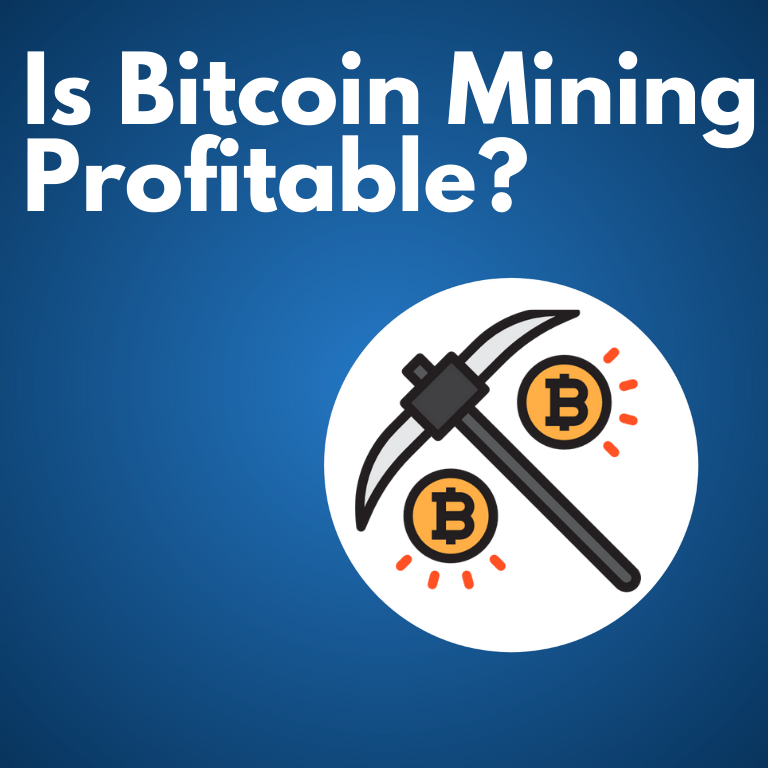
The short answer is maybe.
The long answer is:
It’s complicated.
Bitcoin mining began as a hobby for early Bitcoiners who had the chance to earn 50 BTC every 10 minutes, mining from their bedrooms.
Successfully mining just one Bitcoin block, and holding onto it since 2010 would mean you have around $1.3 million US dollars worth of bitcoin in your wallet in 2024.
Mining is the backbone of all proof-of-work blockchains and can be described with three key concepts:
➤ MORE: Bitcoin mining profit calculator
Miners are rewarded with 6.25 bitcoins. This number will reduce to 3.125 bitcoins after the halving in 2024. The reward (plus transaction fees) are paid to the miner who solved the puzzle first.
This process repeats approximately every 10 minutes for every mining machine on the network. The difficulty of the puzzle (Network Difficulty) adjusts every 2016 blocks (~14 days) to ensure that on average one machine will solve the puzzle in a 10 minute period.
Network difficulty is calculated by the amount of hashrate contributing to the Bitcoin network.
Mining hardware is specialized computers, created solely for the purpose of mining bitcoins. The more powerful your hardware –and the more energy efficient– the more profitable it will be to mine bitcoins.
➤ MORE: Bitcoin mining machines & hardware
Hashrate is a measure of a miner’s computational power.
In other words, the more miners (and therefore computing power) mining bitcoin and hoping for a reward, the harder it becomes to solve the puzzle. It is a computational arms race, where the individuals or organizations with the most computing power (hashrate) will be able to mine the most bitcoin.
The more computing power a machine has, the more solutions (and hence, block rewards) a miner is likely to find.
In 2009, hashrate was initially measured in hash per second (H/s) - Due to the exponential growth of mining, H/s was soon commonly pre-fixed with the following SI units:
| Kilohash | KH/s (thousands of Hashes/second) |
| Megahash | MH/s (millions of Hashes/second) |
| Gigahash | GH/s (billions of Hashes/second) |
| Terahash | TH/s (trillions of Hashes/second) |
| Petahash | PH/s (quadrillions of Hashes/second) |
To try and put this into perspective, let’s look at how much revenue 1 TH of power can earn mining bitcoin. As the global hashrate is usually growing the revenue per TH for each miner is usually falling, - and the revenue chart for 1 TH/s looks like this:
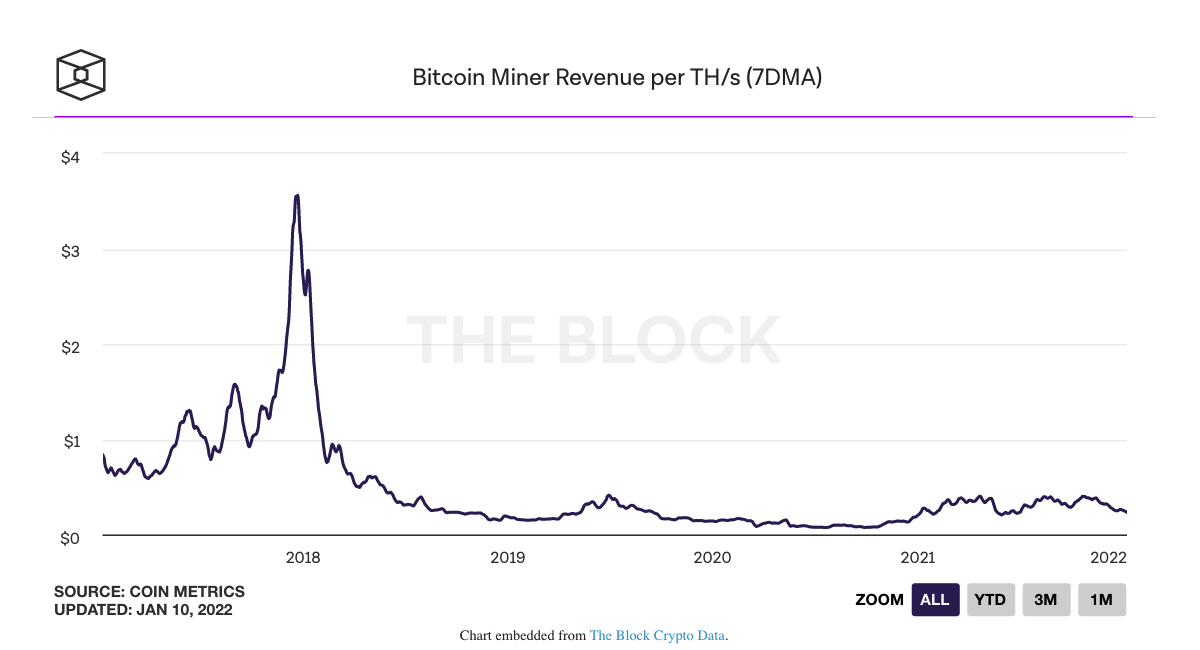
When you consider how many TH/s there are in the entire Bitcoin network though, you get a true sense of the scale of the industry:
85 Exahash = 85,000,000 Terahash
In March 2024, the daily global revenue for Bitcoin mining is around $63 million USD per day.
➤ MORE: Bitcoin mining pools & sites
You’ve probably heard the scare stories about Bitcoin mining’s energy consumption.
Regardless of whether the impact is overblown by the media, it’s a fact that the underlying cost of mining is the energy consumed. The revenue from mining has to outweigh those costs, plus the original investment into mining hardware, in order to be profitable.
In February 2022, one Bitcoin mining machine (commonly known as an ASIC), like the Whatsminer M20S, generates around $12 in Bitcoin revenue every day depending on the price of bitcoin. If you compare this to the revenue of mining a different crypto currency, like Ethereum, which is mined with graphics cards, you can see that the revenue from Bitcoin mining is twice that of mining with the same amount of GPUs you could buy for one ASIC. Thirteen AMD RX graphics cards cost around the same as one Whatsminer M20s.
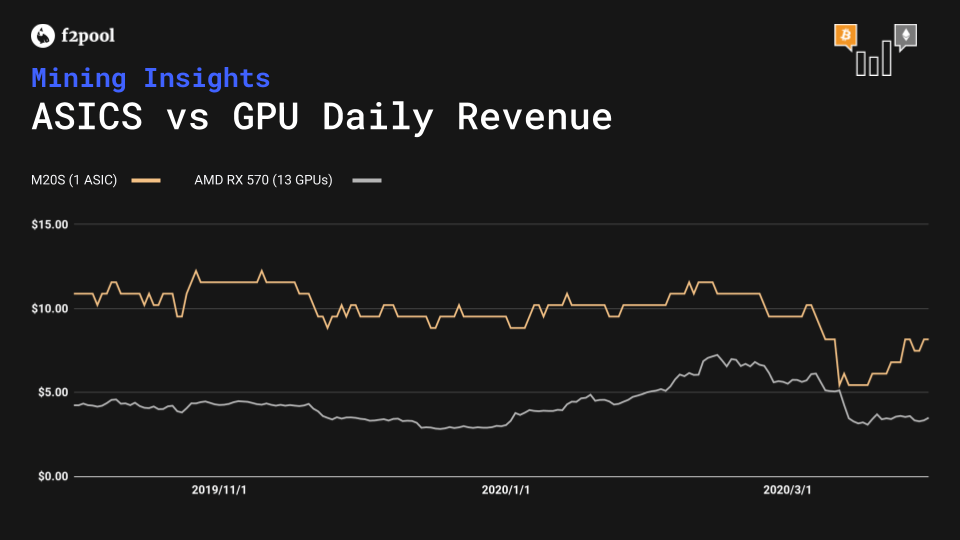
This graph shows you the daily revenue of mining Bitcoin. It does not take into account the daily electricity costs of running a mining machine. Your baseline costs will be the difference between mining profitably or losing money. GPU mining for Ethereum is more efficient than mining Bitcoin with an ASIC machine
You can think of it as though the miners are a decentralized Paypal. Allowing all the transactions to be recorded accurately and making a bit of money for running the system.
Bitcoin miners earn bitcoin by collecting something called the block reward plus the fees bitcoin users pay the miners for safely and securely recording their bitcoin transactions onto the blockchain.
Roughly every ten minutes a specific number of newly-minted bitcoin is awarded to the person with a mining machine that is quickest to discover the new block.
Originally, in 2009, Satoshi Nakamoto set the mining reward at 50 BTC, as well as encoding the future reductions to the reward.
The Bitcoin code is predetermined to halve this payout roughly every four years. It was reduced to 25 BTC in late-2012, and halved again to 12.5 BTC in the middle of 2016.
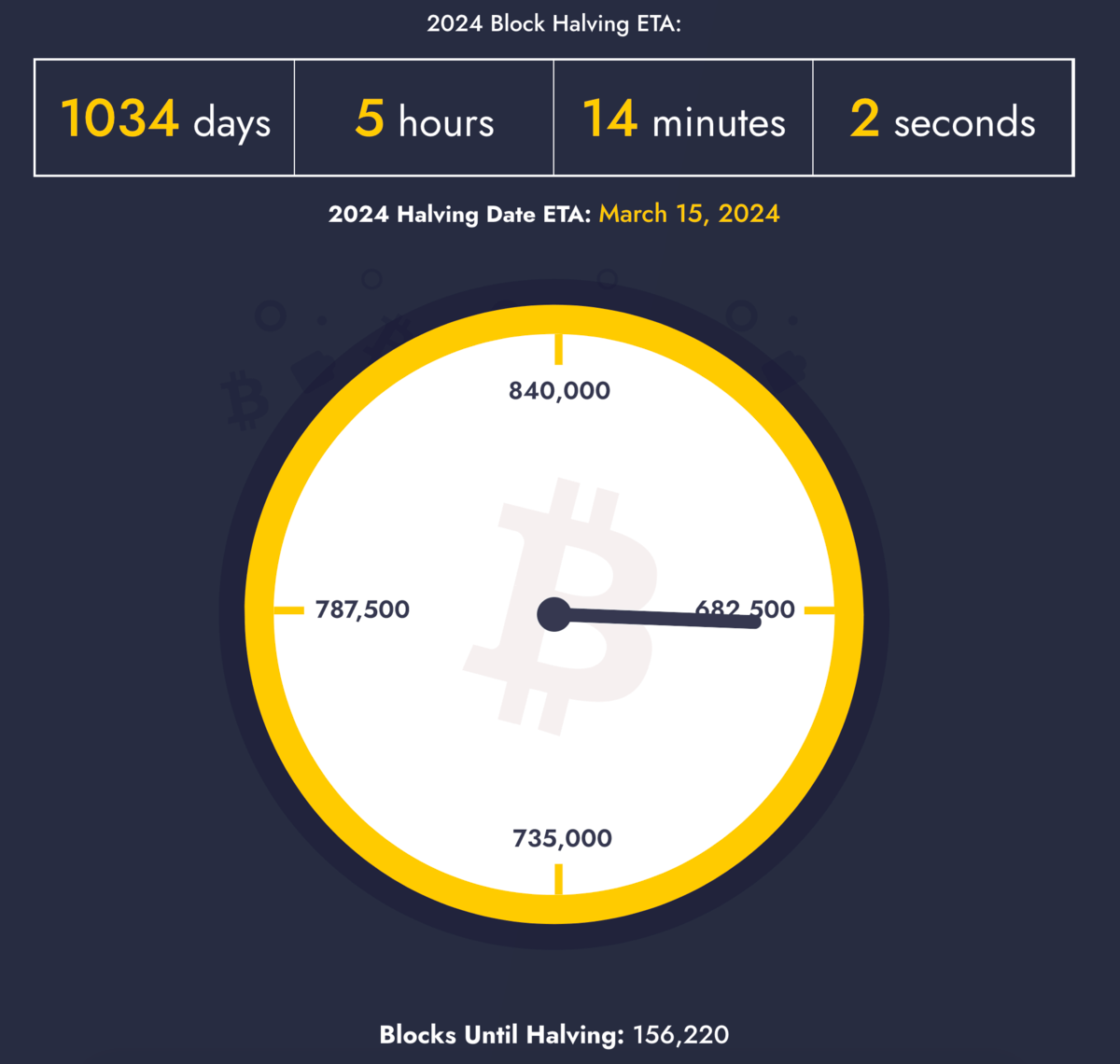
Most recently, in May 2020, the third Bitcoin halving reduced the block reward to 6.25 BTC.
The second source of revenue for Bitcoin miners is the transaction fees that Bitcoiners have to pay when they transfer BTC to one another.
This is the beauty of Bitcoin. Every transaction is recorded in an unchangeable blockchain that is copied to every mining machine.
Bitcoin doesn’t rely on a central bank to keep records, it’s the miners themselves that keep the records, and they get to keep a share of the transaction fees as well.
Of course, while profiting on Bitcoin mining isn’t certain, paying taxes on your mining rewards is. Every miner needs to know the relevant tax laws for Bitcoin mining in their area, which is why it is so important to use a crypto tax software that helps you keep track of everything and make sure you are still making enough money after you account for taxes.
Here is a great guide on how that software works to pay taxes on Coinbase buys.
First of all, Bitcoin mining has a lot of variables. This is why buying bitcoin on an exchange can be a simpler way to make a profit. However, when done efficiently it is possible to make a more profit mining bitcoin than simply buying and ‘hodling’ (a term used to describe the act of not selling your bitcoin).
One of the most important variables for miners is the price of Bitcoin itself. If, like most people, you are paying for your mining hardware, and your electricity,- in dollars, then you will need to earn enough bitcoin from mining to cover your ongoing costs; and make back your original investment into the machine itself.
Bitcoin price, naturally, impacts all miners. However, there are three factors that separate profitable miners from the rest: cheap electricity, low cost and efficient hardware and a good mining pool.
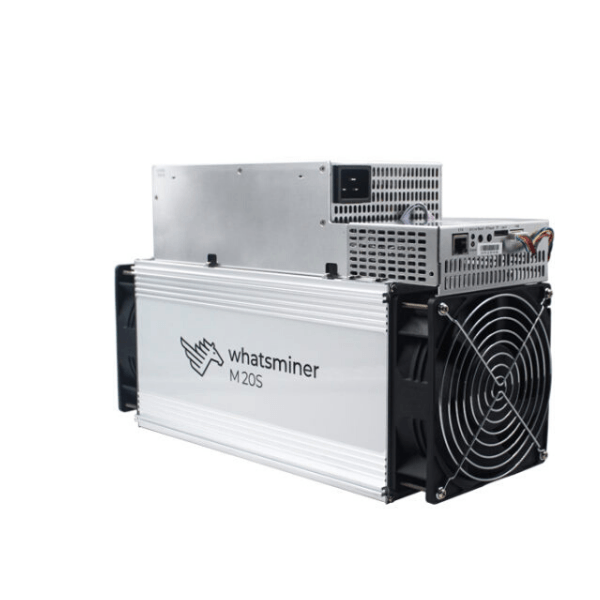
So far in this article I’ve used the Whatsminer M20S as an example of the kind of machine you will need to mine bitcoin. These days there are several hardware manufacturers to choose from.
The price of hardware varies from manufacturer to manufacturer and depends largely on how low the energy use is for the machine vs the amount of computing power it produces. The more computing power, the more bitcoin you will mine. The lower the energy consumption the lower your monthly costs.
When choosing which machine to invest in, miners should think about the machine’s profitability and longevity.
Profitability is determined by the machine’s price per TH, how many watts the machine uses per TH, and your hosting costs.
Longevity is determined by the production quality of the machine. It makes no sense to buy cheaper or seemingly more efficient machines if they break down after a few months of running.
 Tore Thornas Mining Expert
Tore Thornas Mining ExpertIf the hosting cost is low enough, it often makes sense to prioritize the ‘price per TH’ over ‘watts per TH’, as your lower operational expenses (OpEx) will make up for the loss in your machine’s efficiency - and vice versa if your hosting costs are high.
The manufacturer with the lowest failure rate right now is MicroBT, who make the Whatsminer M20S and other Whatsminer models.
One useful way to think about hardware is to consider what price BTC would have to fall to in order for the machines to stop being profitable. You want your machine to stay profitable for several years in order for you to earn more bitcoin from mining than you could have got by simply buying the cryptocurrency itself.
The following table shows that the majority of the most modern machines could remain profitable at a bitcoin price between $5000 and $6000. Some machines could handle a drop below $5k, if they are being run with electricity that costs under $0.05 kWh.
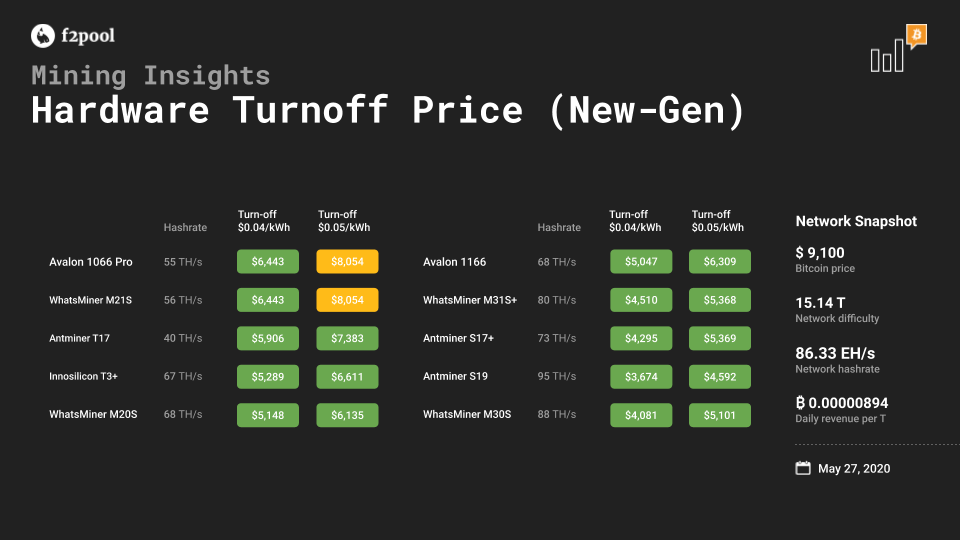
Unfortunately most older machines are now no longer profitable even in China. The Bitmain S9 has been operational since 2016 and interestingly enough they are still being used in Venezuela and Iran where electricity is so cheap that it outweighs the risk of confiscation. There may, eventually, be more reputable sources of sub 2 cents electricity as the access to solar and wind improves in North America.
For the individual miner, the only hope of competing with operations that have access to such cheap electricity is to send your machines to those farms themselves. Not many farms offer this as a service though.
Electricity prices vary from country to country. Many countries also charge a lower price for industrial electricity in order to encourage economic growth. This means that a mining farm in Russia will pay half as much for the electricity you would mining at home in the USA. In places like Germany, well as you can see from the chart, that’s another story…
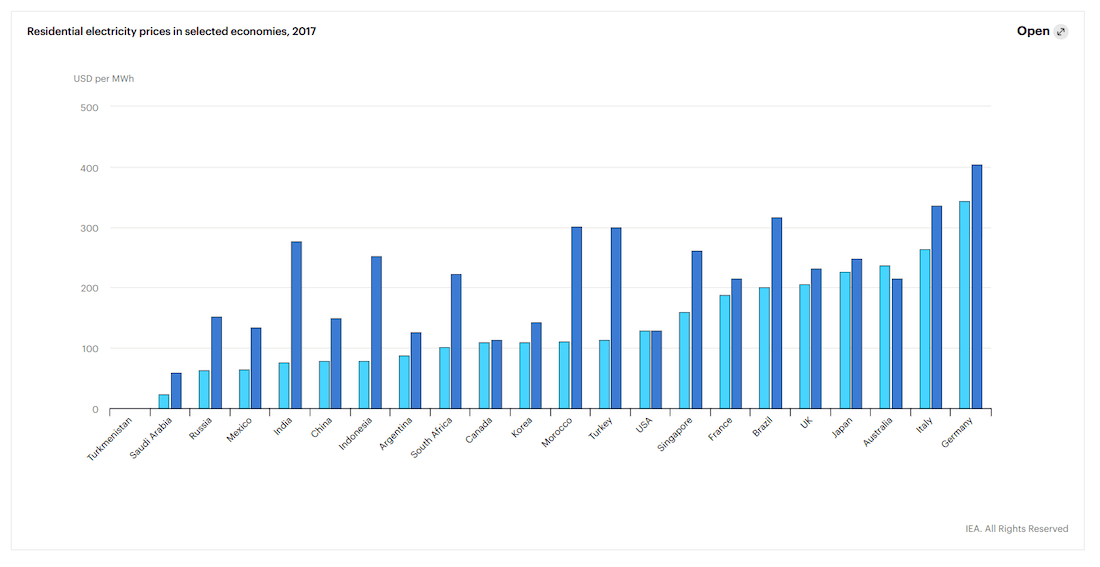
In practical terms. Running a Whatsminer M20S for one month will cost around $110 a month if your electricity is $0.045 kWh in somewhere like China, Russia or Kazakhstan. You can see from the table below that you would make $45 a month in May 2020 with those electricity prices.

However, with the typical home electricity price in the USA, of $0.12 kWh, you would be running the machines at a loss from the start and it would not make sense to mine under these conditions:

That said, there is increasing interest in the US among miners seeking to use up flare gas being wasted at oil well sites. If you can capture that energy, it is quite cheap.
Still, if you are mining out of your home, you will definitely lose money.
These days, every miner needs to mine through a mining pool. Whether you are mining with one machine, or several thousand, the network of Bitcoin mining machines is so large that your chances of regularly finding a block (and therefore earning the block reward and transaction fees) is very low.
If the Bitcoin Network Hashrate is 100 EH/s (100,000,000 TH/s), a WhatsMiner M20S ASIC miner with 68 TH/s, has approximately a 1 in 1,470,588 chance of mining a Bitcoin block. With one block per 10 mins they may have to wait 16 years to mine that one block.
 Thomas Heller Global Business Director at F2Pool
Thomas Heller Global Business Director at F2PoolThe oldest two pools are Slush Pool and F2Pool. F2Pool is one of the largest Bitcoin mining pools and it supports around 15% of the entire Bitcoin network.

F2Pool’s payout method is called PPS+. PPS+ pools take the risk away from miners, as they pay out block rewards and transaction fees to miners regardless of whether the pool itself successfully mines each block. Typically, PPS+ pools pay the miners at the end of each day.
This is how PPS+ pools calculate how much to pay out to miners in their pool. Here comes the science part…
If the Bitcoin Network Hashrate is at 85 EH/s (85,000,000 TH/s), a WhatsMiner M20S ASIC miner with 68 TH/s, will earn around 0.000702 BTC per day before pool fees.
0.000702 BTC is calculated by 68 (miner hashrate) ÷ 85,000,000 (network hashrate) × 144 (number of blocks per day) × 6.25 (block reward).
Pool fees are normally 2.50–4.00%, so let’s use 2.50% for the example; the net mining revenue is therefore 0.00068445 BTC.
If BTC is priced at $9,000, then this M20S has a daily revenue of $6.16.
Choosing the right mining pool is very important, as you will receive your mined bitcoin sent from the pool payouts every day. It’s important to choose a pool that is reliable, transparent and offers the right suite of tools and services to help you optimize your mining operation.
 Thomas Heller Global Business Director at F2Pool
Thomas Heller Global Business Director at F2PoolAn often overlooked facet of mining profitability is the fees one pays to sell the Bitcoin one mines. If you are a small time miner, you may have to sell your coins on a retail exchange like Kraken or Binance. Sometimes your fees are low but sometimes your fees are high - it really just depends on the fee structure of the exchange and the state of the orderbook at the moment.
However, if you are a professional miner like F2 or Bitmain, you likely have really advantageous deals with OTC desks to sell your coins at little to no fees - depending on the state of the market. Some miners are even paid above spot price for their coins. Either way, professional mining operations deal with Bitcoin at a large scale and so they have more leverage to get deals that are good for them, and this doesn’t just apply to electricity purchases.
If you think you have what it takes be mine profitably, we suggest you make sure first by using our mining profitability calculator.
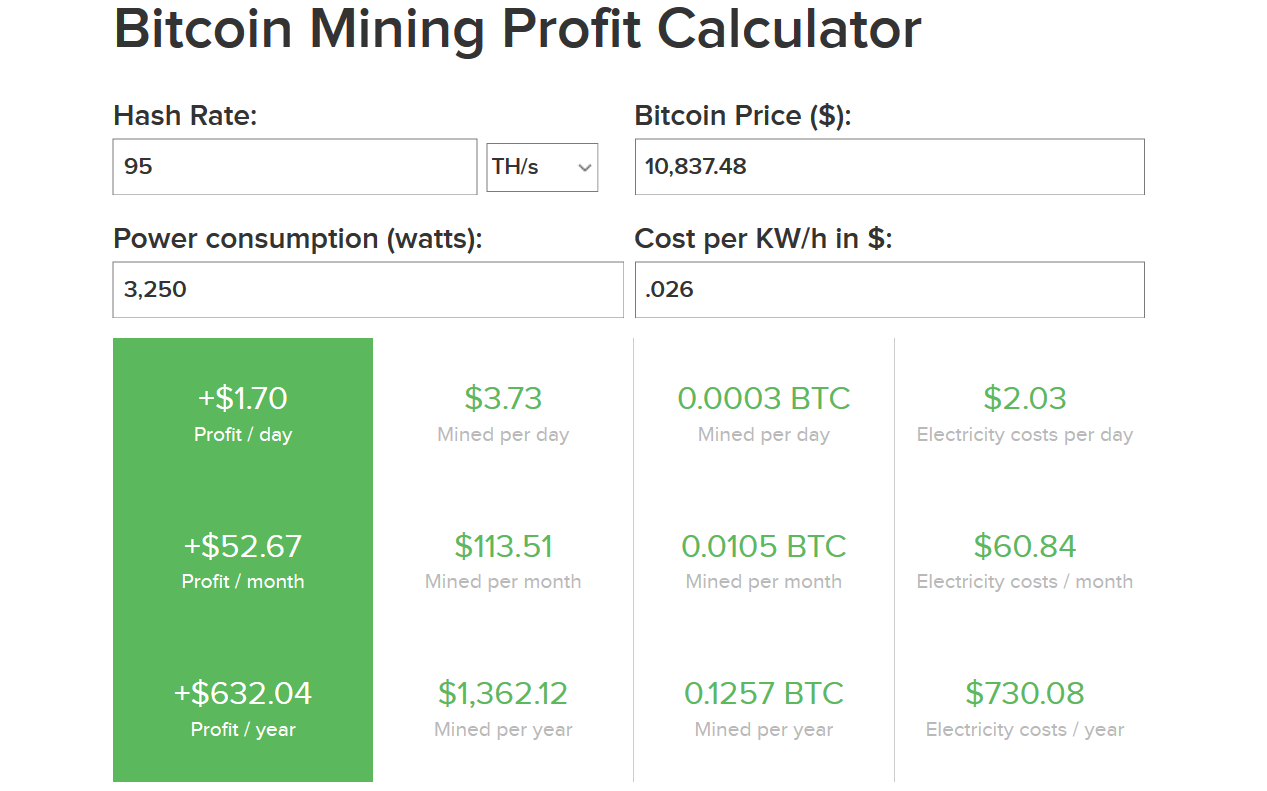
It’s common knowledge that it has become very difficult for individual miners to get access to the best machines and the cheapest electricity rates. Bitcoin farms that operate at scale use these advantages to maximize their returns.
As the difficulty of mining bitcoin increases, and the price lags behind, it is becoming harder and harder for small miners to make a profit.
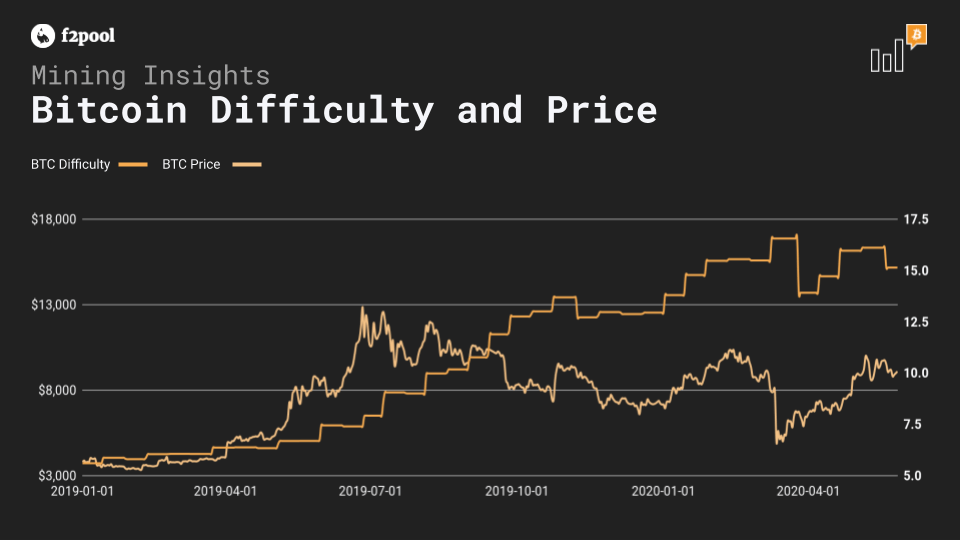
It all comes down to scale and access to cheaper prices. When people enter the space, without prior relationships, they struggle to compete with established mining operations.
Bitcoin mining is starting to resemble similar industries as more money flows in and people start to suit up. With increased leverage, margins are lower across the whole sector. Soon, large scale miners will be able to hedge their operations with financial tooling to lock in profits, whilst bringing in USD denominated investments like loans or for equity.
 Kristjan Mikselsson Managing Director of the Icelandic Blockchain Foundation
Kristjan Mikselsson Managing Director of the Icelandic Blockchain FoundationAs mining becomes more professional, it will make things even harder for DIY miners.
If you have put in the effort to learn about mining, and you have found a location with low cost electricity for your machines, then you still need to consider where to store the bitcoin that you mine.
It is possible to mine direct from the pool to an exchange, but we recommend you keep your bitcoin in a wallet where you have access to the private keys.
Check out our guide on how to add funds to your wallet.
No, and in the case of Bitcoin, it almost never was. Unless you were one of the very first people to mine Bitcoin, CPU mining has never been profitable. There was a time where one could profitably mine Bitcoin with GPUs, but again…today, you really must have an ASIC and a deal with a power company to make any money mining Bitcoin in 2020.

The average home miner is unlikely to recoup the cost of mining hardware and electricity. Profiting on your own is highly unlikely.
The situation may improve in the future once ASIC mining hardware innovation reaches the point of diminishing returns. That, coupled with cheap, hopefully sustainable power solutions that retail customers can access in some shape or form, may once again make Bitcoin mining profitable to small individual miners around the world.
If small miners can re-enter the network, it greatly increases decentralization and supports the original intentions of Satoshi Nakamoto even further.
BuyBitcoinWorldWide writers are subject-matter experts and base their articles on firsthand information, like interviews with experts, white papers or original studies and experience. We also use trusted research and studies from other well-known sources. You can learn more about our editorial guidelines.